
How to Mix Paint Colours Tutorial with Free Download PDF Chart DIY For Beginners YouTube
For beginners in painting, mixing colors can be quite confusing. Not only the color theory, but also the different painting media are important. Here you get an insight into this topic and we show you the most important tips and tricks to mix your colors. Table of Contents [ Show] What Are the Primary Colors

Simple Canvas Paintings, Small Canvas Art, Diy Canvas Art Painting, Fabric Painting, Lily
Introduction Printing the Color Mixing Chart The Color Accuracy of the Chart Do Color Mixing Recipes Work With Oils, Gouache, or Watercolors? How to Use the Mixing Chart Which Colors Do I Need? Directions for Mixing the Colors Orange Opaque Orange Transparent Orange Green Turquoise Purple Brown Pink Black Conclusion Usage Sharing Online

M Graham Watercolor Chart Watercolor Mixing Chart Download Paint color chart, Color mixing
Mixing Paint Colors on the Palette. Put little blobs of the paints you want to mix on your palette. Put the amount of color you expect to need (or a little less) on your palette. The color portions should be about the same size if you want to mix the colors in equal parts. There should be enough space in between.

Paint Acrylic Color Mixing Chart Janeesstory
Watercolor Color Mixing Chart: Sap Green and Rose Madder. Frances Tanner. This color chart was painted using the Printable Art Color Mixing Worksheet. This watercolor chart was painted in preparation for a painting of a Kona Hibiscus. It shows beautifully what a range of colors can be mixed from just two.
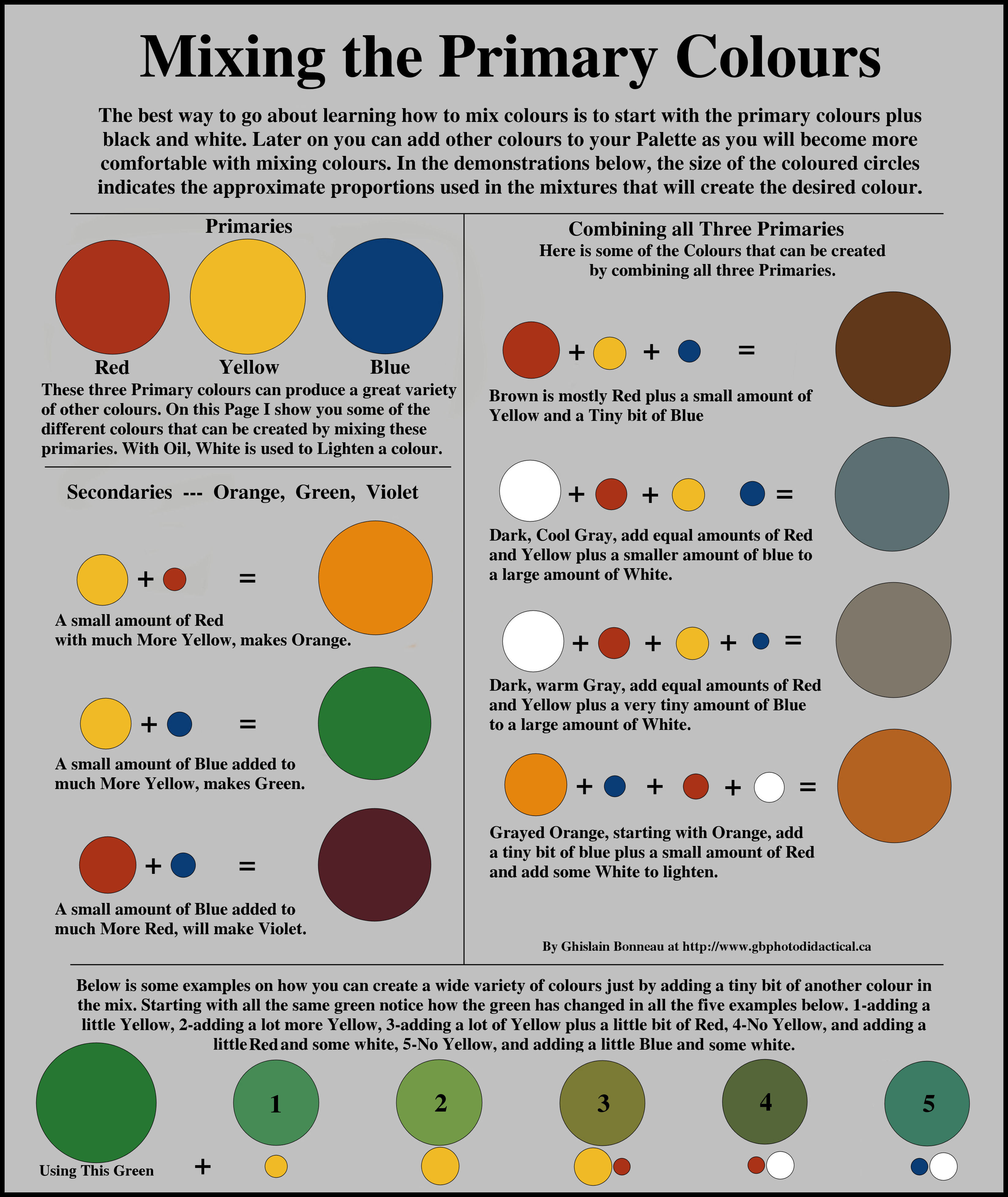
Mixing Colors Chart Paint images
The primary colors consist of blue, red, and yellow. Together, these colors make up all of the colors you see. Often, when the paint is used directly from the tube it is not the exact color shade you want. Sometimes it needs to be subdued a bit or brightened up. This is where mixing colors comes to be useful.

Mixing Colors using 2018 Schmincke Palette Just Add Water Silly Color Mixing Chart Acrylic
A mixing paint colors chart is a chart that provides information about the various colors that can be mixed together to create a desired color. It is typically arranged in a grid format with each color represented by a square. By looking at the squares, you can tell what color combinations will create a certain color.
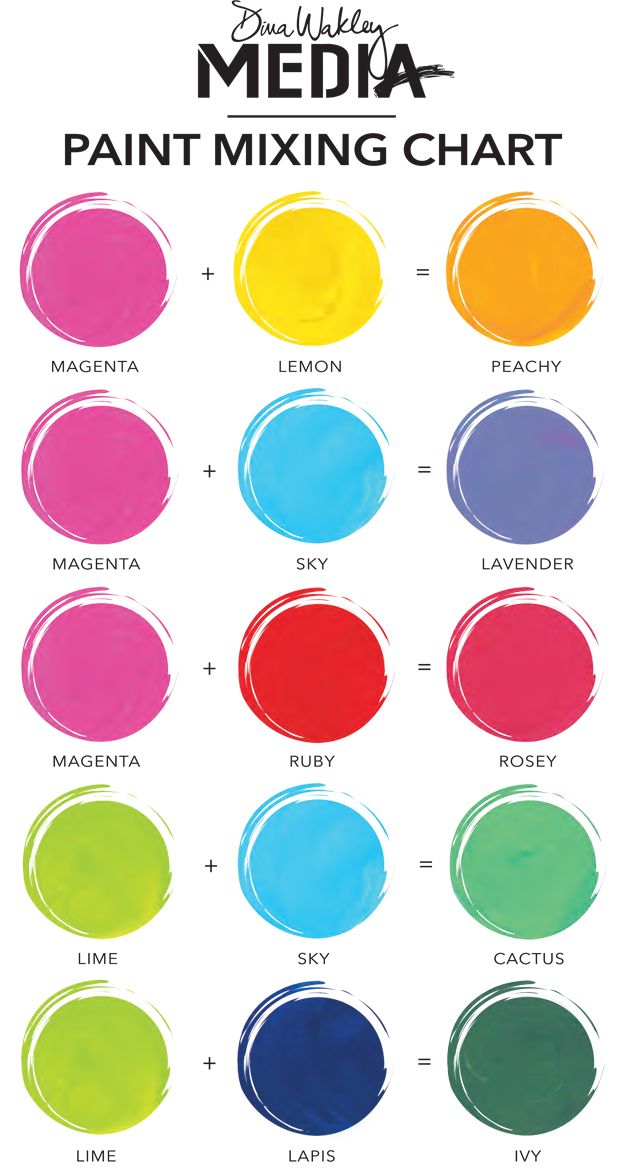
Mixed colours clipart 20 free Cliparts Download images on Clipground 2023
The color mixer on Trycolors is versatile and can be used for a variety of applications, including soap making, cooking, wall painting, modeling, learning color theory, and more. Watch the video to get more insights! How to mix colors? Start by clicking the 'show mixer' button at the bottom of the screen.
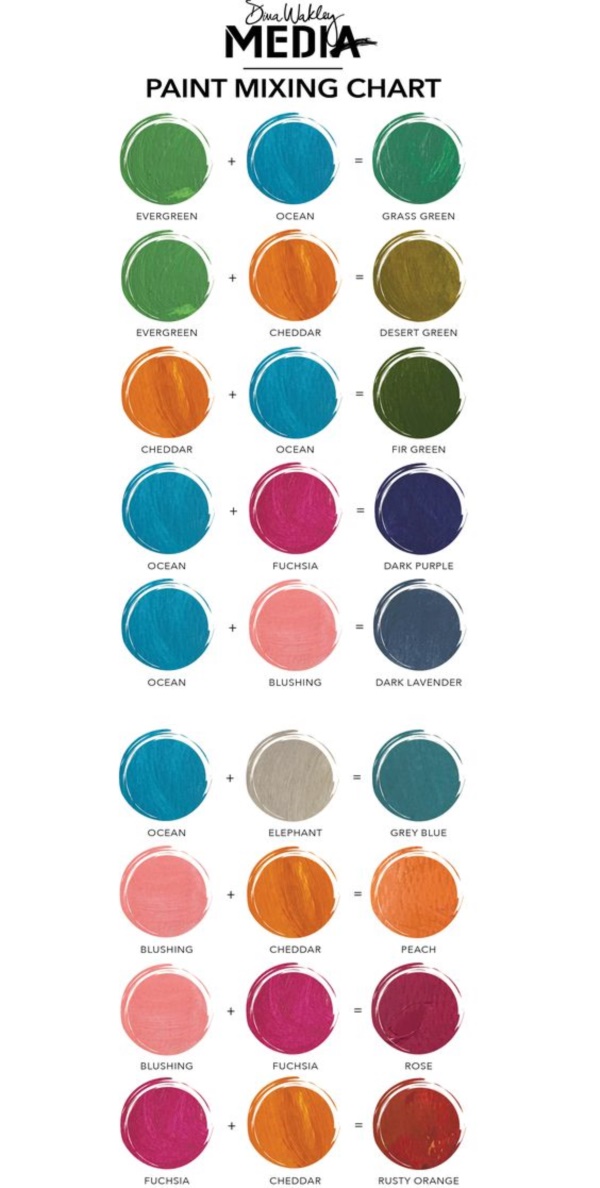
40 Practically Useful Color Mixing Charts Bored Art
The key to mixing color is understanding the various aspects that make up any given shade: hue, chroma, and value. Put simply, the hue is what a layman might call the color itself; the chroma is the degree of saturation, and the value is the degree of lightness or darkness.

My colour mixing chart. Mistura de cores de tintas, Cores de tinta, Paleta de cores de pele
The chart typically includes a range of colors that you can mix together to create new colors. How to Create Your Own Color Mixing Chart. Creating a color mixing chart is easy. Start by gathering the primary colors you'll be using. You'll need red, blue, and yellow. You can also use black, white, and gray if you want to create more neutral.
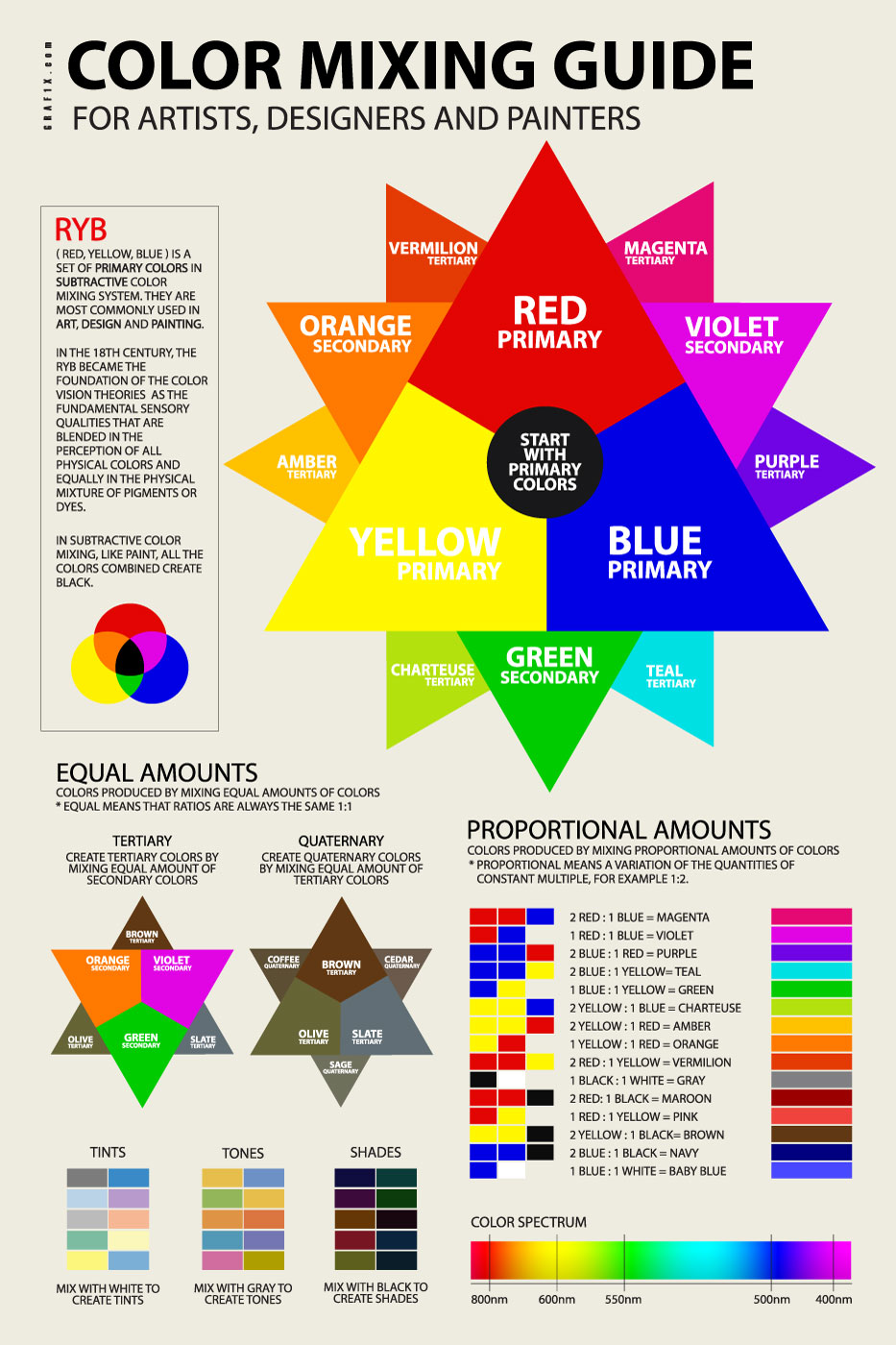
magenta Google Search Color mixing guide, Color mixing chart, Color mixing
Creating a color mixing chart is a way for artists to study how colors interact with one another. They can be used by those who work paint with watercolor, acrylic, oil paints and any other medium you can mix colors with. It is an excellent way to learn more about color. While also creating a color mixing guide for you to refer to later.
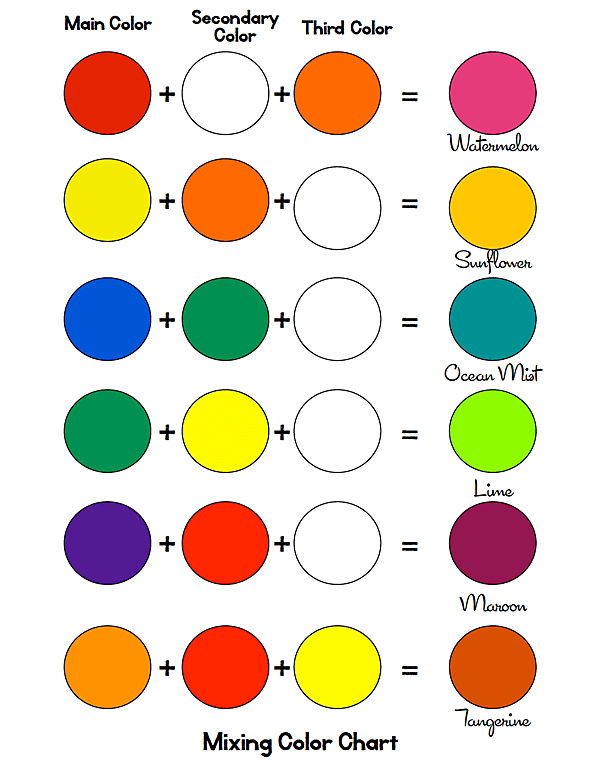
Mixing Paint Colors Guide Sheet Deep Space Sparkle
Here is a step-by-step guide to help you get started: Choose your paint colors: Start by selecting the primary colors (red, blue, and yellow) that you want to mix together. You can also use pre-mixed secondary colors (green, purple, and orange) as a base to mix with other colors. Prepare your workspace: Cover your work surface with a drop cloth.

Patina Color Mixing Chart Color mixing chart, Color mixing, Mixing paint colors
If you're learning how to make brown paint by mixing, start with just your primary colors (red, blue, yellow) and mix all three together. This will give you a darker shade of brown. For lighter shades, work with complementary colors.
Kira's Crafty Life Blog Art Lesson with Little Kids Color Mixing Chart Placemat
A paint mixing color chart is a tool used to mix colors to create a desired hue. Color charts are typically organized into a grid-like structure, with each square in the grid representing a particular color. Depending on the type of paint mixing chart, the squares may contain information such as the color's name and its RGB, CMYK, or HEX values.

Acrylic Painting with Christy Color Mixing Chart Tutorial
Step 2: Create a quadrant using a pencil and a ruler. Photo: Sara Barnes / My Modern Met. Here's where you'll create the chart that you'll color. Begin by getting a sheet of paper that's appropriate for your hues. (If you're mixing watercolor, for instance, grab a sheet of watercolor paper.) Using a straight edge and a pencil, draw the.

Color mixing chart, Paint color chart, Mixing paint colors
Wet Color vs. Dry Color What Are The Different Mixing Strategies? Color Mixing on the Palette Mixing on the Canvas Optical Mixing Understanding Paint Characteristics Transparency Pigment Load Advanced Mixing Tips and How to Make Different Colors Using Media Making Black Colorful Grays Color Mixing Chart and Keeping Notes Materials Needed Paints

Watercolor Mixing Chart Download at GetDrawings Free download
To create a new shade, it's best, to begin with a 50-50 mix of your chosen base colors. You can then adjust the ratio according to the desired color intensity. For example, if a shade appears too dark, you can lighten it by adding more white. Mix your colors slowly and thoroughly, ensuring an even result.